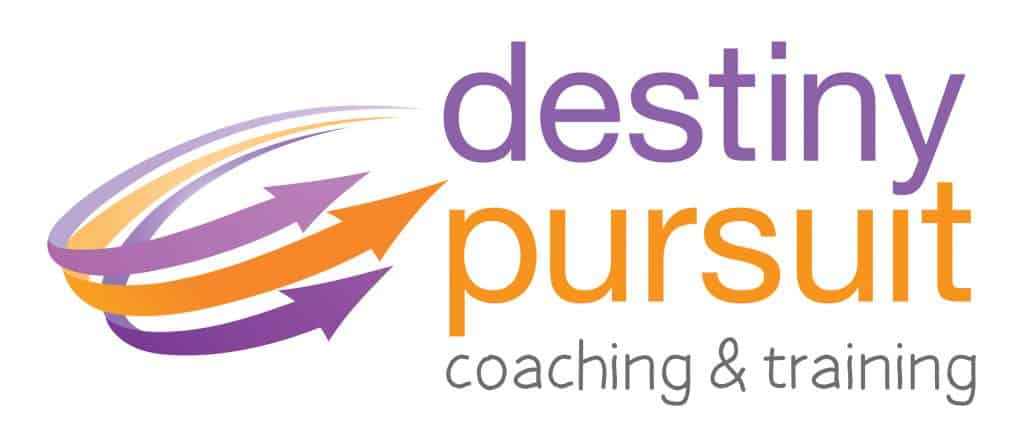Well-Formedness Conditions: Overview and Recap - NLP Matters, Episode #028

Over the past few weeks, we have seen how when taken individually, the Well-Formedness Conditions give us a great understanding on the specifics of our outcome and what needs to be done to achieve it. This also means we get even more clarity on who we need to be to deliver on the actions that will ultimately get us our results.
In this episode, we will get to see just how powerful this strategy becomes when we combine all the Well-Formedness Conditions together and apply them all to our outcome.
Listen to the podcast to learn more.
Listen to the Podcast
Here are some key takeaways from this episode:
There are two common ways our goals can fall down - either the goal lacks sufficient and specific detail for it to be achieved or the structure of the goal does not align enough for us to really go for it.
In achieving our outcome, it is important to recognise that it is not just about giving our goals some detail, rather it is the specific kind of detail we use to define our goals that is critical to our success. And, as we build these details into our goals, we need to encompass all different perspectives so that we ensure both conscious and unconscious alignment. Thus, also building our own drive, motivation and resilience to really go for what we have decided we want to have.
The Well-Formedness Conditions are:
- State our goal in positive terms
- State your goal not terms of what you don’t want but in terms of what you do want.
- It also means moving towards your goal rather than away from an unwanted state.
- Watch out for words like more than, less than, better, etc. In our case we avoid using phrases like, “I am better off” or “less worried about my future.”
- Confirm that the goal is initiated and maintained by you.
- Here, we are checking that the goal is for ourselves and not somebody else’s goal.
- A goal is not a test for ourselves. It is not about proving or disproving something.
- Your goal must be about you and what you want to achieve in life.
- You also need to ensure that the goal is in your control. You are not relying on somebody else to achieve the goal for you, and you can do it yourself.
- Describe the outcome in sensory-based details and identify the steps to get there.
- You don’t need to have all the steps, but the more detail you can add into the steps to achieve your goal at this point, the better.
- Create sensory-based descriptions of your goal. What will you see, hear, and feel (both externally and internally) when you have achieved your outcome.
- Ensure that the goal is ecological.
- The internal check is being curious about whether the goal as you have created it with all details, aligns with your identity, our values, our beliefs and rules, our skills and capabilities.
- The external check explores our awareness of the consequences of achieving your goal. What will it give you? What will it take away? What are the costs and benefits you will have as you pursue the goal? What does it mean in terms of time, energy, relationships, your social life, and other goals and desires? Are you aware of and OK with the consequences of your goal on yourself and others?
- A limiting belief that is part of who we believe we are as a person is part of our identity. These beliefs could be an obstacle to us succeeding in our goal.
- Be aware of your limiting beliefs. Find a strategy that works for you in order to clear out and work on these beliefs.
- A detailed ecology check allows you to discover that some things may not align with your goal. It gives you an opportunity to do some personal development and build that alignment with your identity, values and beliefs. It enables you to grow and evolve to match the success you have chosen to have.
- Is there more than one way to achieve your goal?
- This question provides the opportunity to get creative as you explore how else you could achieve your goal. Remember, you don’t want to be trapped with only one option.
- When we have options and choices about how we achieve our goal there is often a release of energy. We don’t feel trapped with only one choice. It also gives us the reassurance that if our first way doesn’t work out, we can just choose another way to achieve our goal.
- Review and confirm the steps for your goal that you identified earlier.
- Expand the sensory specific detail on your first step towards your success, ensuring that the sensory specific detail is clear, vivid and achievable.
- Embracing this opportunity to fill out your first step with as much detail as you can muster, actively engages your unconscious into the pursuit of your goal, and enables you to build and create that congruent alignment that is so essential to your success.
- Confirm that your goal increases the choices that you have.
- If a goal that is perceived to reduce our choice or limit us in some way, then, we will lose the alignment and congruent commitment to go for the goal.
- This final Well-Formedness Condition allows us to check that both the process of pursuing our goal and ultimately achieving the goal itself does give us more choice in our life.
- The choices may be created because we have learnt new things about ourselves and/or the world, picked up new skills and capabilities, or gained access to increased resources.
As we use the well formedness conditions, we are building alignment and resilience into our goal which then means we can be certain that our outcome is achievable, congruent and ecological. Armed with this certainty we can now really become unstoppable as we set off in pursuit of our goals.
In our next episode, we’ll bring together our first season of NLP Matters – Building our successful lives.

Well Formedness Conditions
Download your free worksheet here:
Listen to the Podcast
Joanne Clark
Joanne Clark is an Internationally accredited Master Trainer of NLP who has been delivering NLP training since 2011. Being on her feet in front of training rooms is where Jo loves to be and her passion for inclusive and immersive training that delivers outstanding learning outcomes is apparent to everyone in her training rooms. On average Jo delivers 140 days of training per year in addition to online webinars, guest speaker events and group coaching.
“NLP is at the core of all my training and coaching, it is at the core of who I am, how I interact and connect with people. I am absolutely passionate about spreading the NLP tools across the planet as I endeavour to support Robert Dilts’s vision of Creating a world to which people want to belong.” Joanne Clark
Certified Master Trainer of NLP; Master Practitioner NLP, Hypnotherapy & Matrix Therapies; Performance Coach; Cert IV Coaching; Advanced Practitioner in Coaching; Cert IV in Business; BA(Hons); Majors in Sociology and Psychology; Parent Education Leadership Training (PELT) Certificate; Mother of four children; Private Pilot (PPL); Diploma in Life Coaching


0 comments
Leave a comment
Please log in or register to post a comment